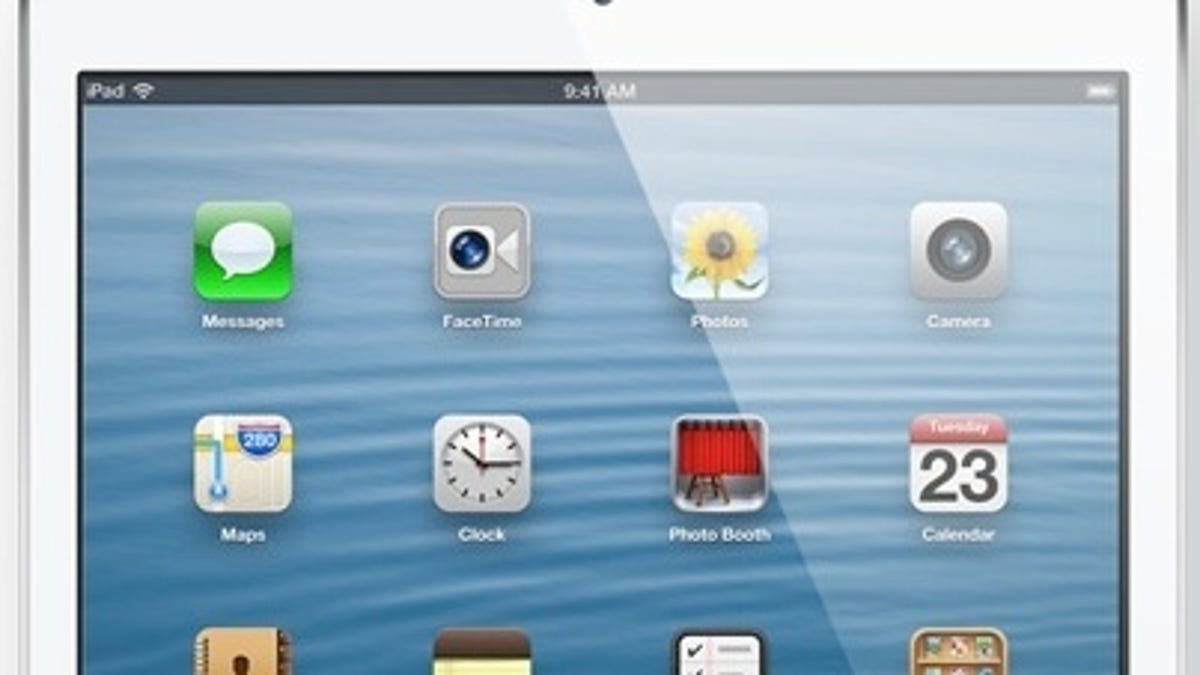Here comes the thinner, lighter iPad?
After two generations of relatively hefty 9.7-inch iPads, Apple may finally be ready to ship a lighter "iPad 5."

A full-size iPad that gets closer to the lean design of the iPad Mini may finally be on the way.
Production of the fifth-generation iPad is slated to begin in July, according to a report from Taipei-based Digitimes.
The new 9.7-inch iPad will be 25 percent to 33 percent lighter than the iPad 4, Digitimes said.
The report echoes information supplied to CNET in April by NPD DisplaySearch.
Specifically, the 2,048x1,536 pixel-density Retina display (same pixel density as the iPad 4) will have thinner glass -- achieved by using new touch sensor technology -- and, most importantly, a less bulky backlight apparatus, according to Digitimes.
NPD DisplaySearch told CNET in April that "part of the thinner/lighter design will be reducing the size of the LED backlight, partly by making the display more efficient and partly by using more efficient LEDs." DisplaySearch also cited the likely shift to a "a film-based touch sensor."
The third- and fourth-generation iPads gained heft and thickness -- compared with the iPad 2 -- due mostly to technologies supporting the Retina display, including a relatively large backlight assembly.
Monthly shipments of the "iPad 5" are expected to ramp up to 2 million to 3 million units by September, said Digitimes, citing sources in the supply chain.

